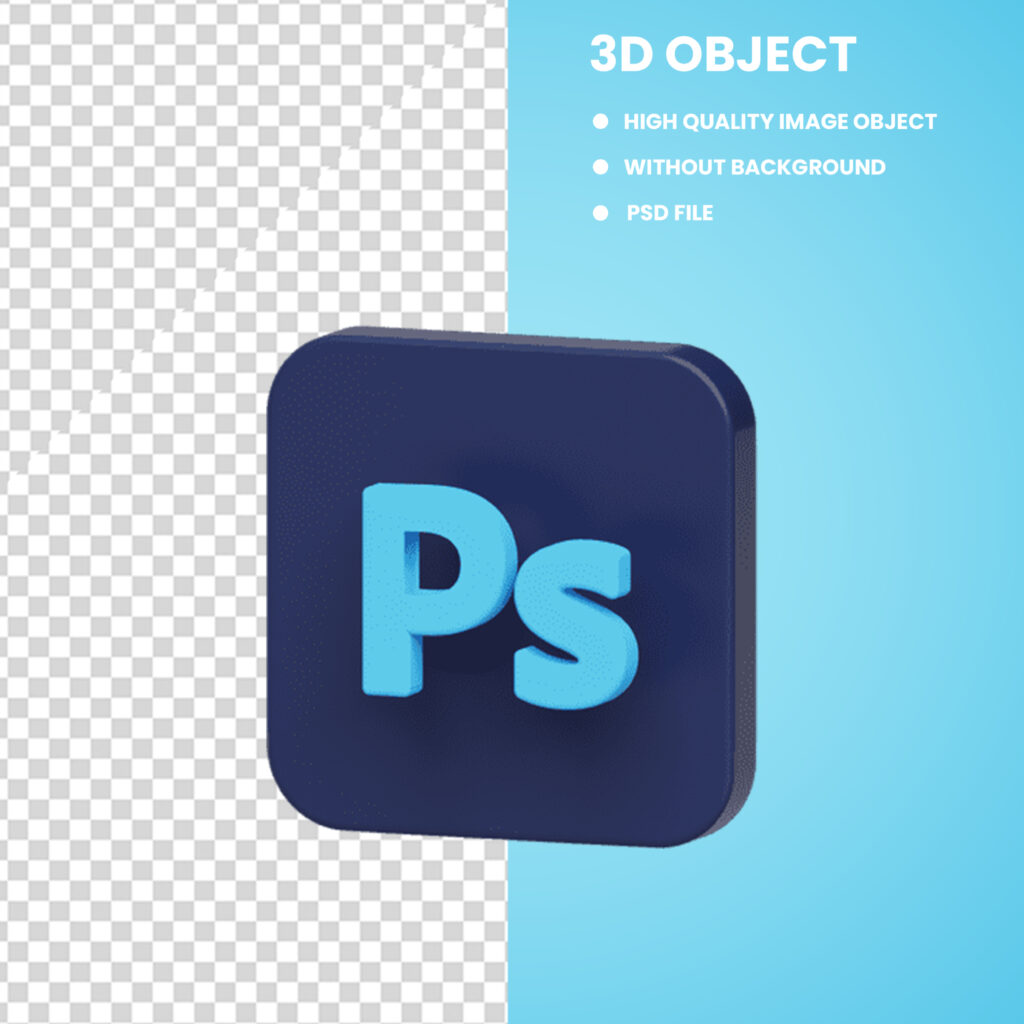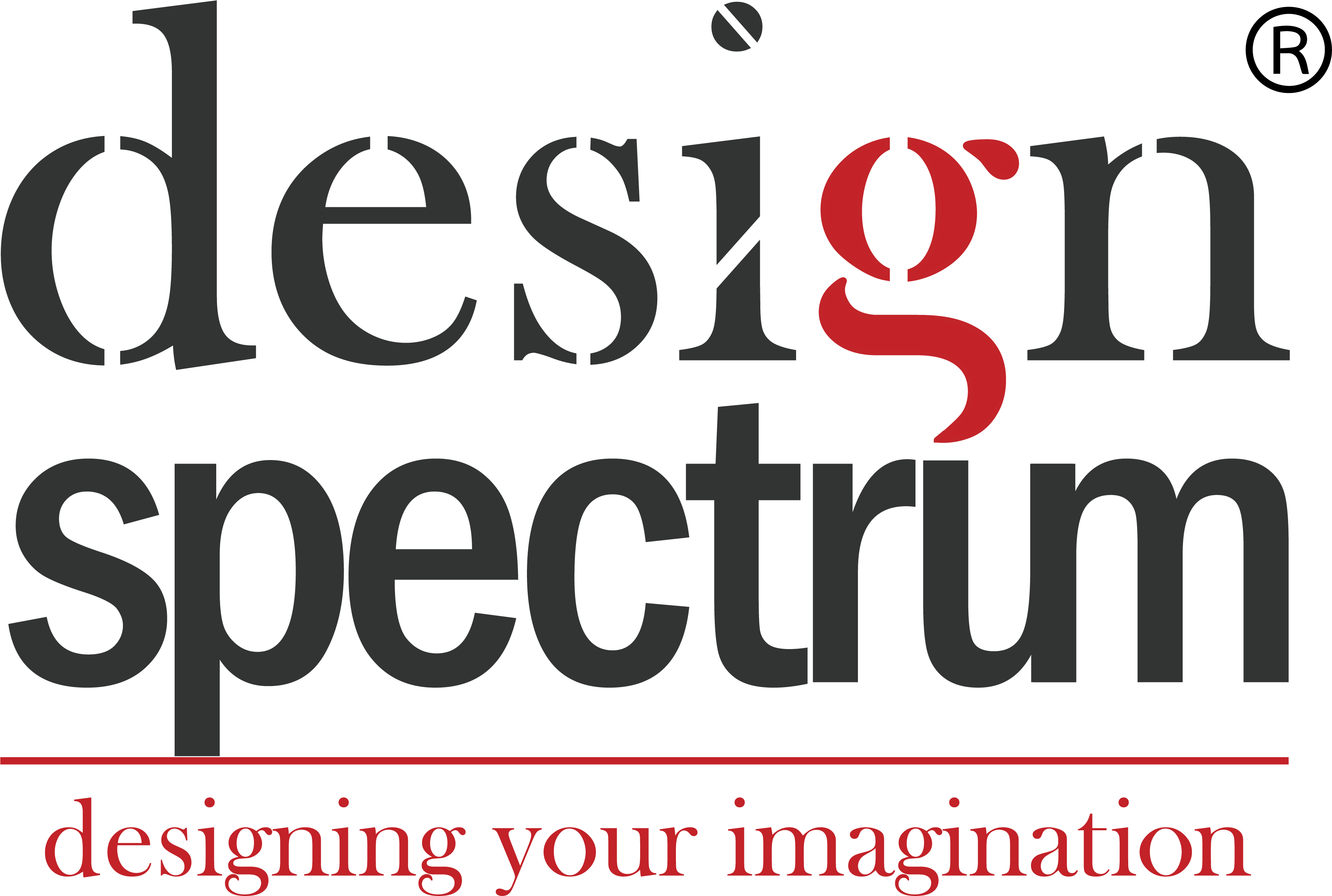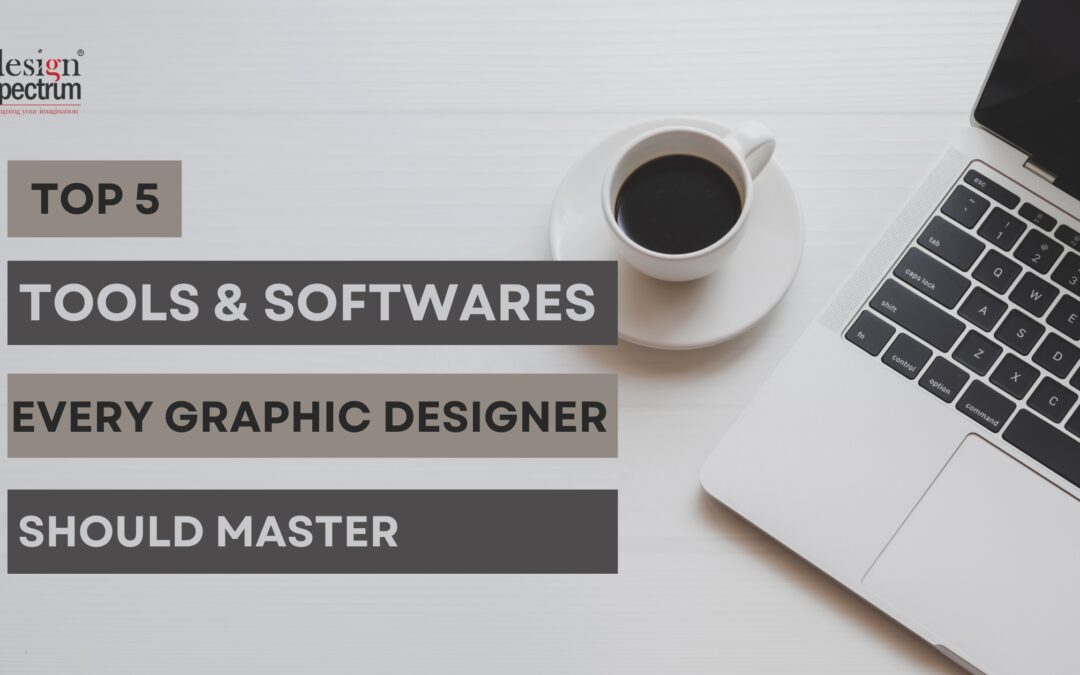Graphic designing is an art or a creative method of communicating any message or information. It involves various elements like color theory, typography, symbols, icons, illustrations, etc. to make the design look appealing and engage the audience by seeking their attention through captivating visuals. Graphic designers work on a variety of projects like logo, branding, print or digital collaterals, web design, social media, packaging design, signages and more. Their goal is to make these visual elements aesthetically appealing and effectively conveying the message to the target audience, and to achieve this graphic designer use various tools and software’s to create these designs.
Table of Contents
Adobe Photoshop, Illustrator, and InDesign are industry-standard tools that most design professionals and companies use. Mastery of these tools ensures compatibility with industry practices and makes collaboration with other designers, clients, and printers smoother and more efficient.
Here are a few software’s that are used by the designers for various purposes, each software has its own unique purpose and ability to create something that is visually appealing.
Adobe Photoshop
First in the list is Adobe Photoshop, which is known for its photo editing tools. it is user friendly, powerful, and widely used software, as it has various tools and features that help designers ease their work and is also known for its photo manipulation techniques, and is widely popular for creating cinematic banners and graphics. It has various versions since its incorporation. It has various advantages and disadvantages.
Its advantages are that it has numerous tools allowing the designer to create various types of design and it supports various file formats and it has separate CMYK and RGB colour options which makes it easier to get the output for print files
its disadvantages are it is expensive software and beginners might find it difficult to work in the software. It is a pixel-based software, which has its own limitations while printing.



Purpose: Image editing, photo retouching, and digital art creation.
Key Features: Layers, masks, filters, and a wide range of brushes.
Why Master It: Photoshop is a staple in the industry, widely used for creating and editing raster images. Its versatility makes it essential for everything from web design to print media.
Adobe Illustrator
Illustrator is a leading vector-based software today, which revolutionized the publishing quality and was instrumental in so called desktop publishing revolution. A software which simply started as the one which helped to draw smooth curves and high-resolution shapes and images has now become an integral part of any artist or designers’ software, they use to help ease their work or create something new and stunning. As illustrator is a vector-based software, Vector art can appear on everything from enormous banners to wallet-sized business cards, and everything in between. This makes Illustrator a very good application for graphics that are going to be printed on signs or banners. In the new version they have also made it a prompt-based software, where just by giving numerous prompts the AI feature in illustrator will perform various tasks
The advantages and disadvantages of illustrator are more or less similar to photoshop, or are majorly same for Adobe Creative Suit, as even though it is very vast and helps perform various design tasks that each software specialises in but it is not pocket friendly for everyone.



Purpose: Vector graphic design, logo creation, and illustration.
Key Features: Pen tool, vector brushes, and powerful typography tools.
Why Master It: Illustrator excels at creating scalable vector graphics, which are crucial for logos, icons, and any design that needs to maintain quality at any size.
Adobe Indesign
This software is majorly used for designing publishing materials. InDesign is Adobe’s layout and page design software for print and digital media, such as flyers, posters, stationary, slideshows, and more. Adobe has been updating each of its softwares to make it better for its users. In Indesign, we can now turn text prompts into images, use improves text shaping, stylise copy automatically, publish online with searchable text, and create striking print designs. In the book publishing industry, InDesign is mainly used for creating book covers, typesetting & book interiors, and eBooks. Adobe products are standard in many industries and are well-known and well-established as cutting-edge technologies. There are endless possibilities with what one can do using Adobe Softwares.

Purpose: Layout design for print and digital publishing.
Key Features: Master pages, styles, and text frame options.
Why Master It: InDesign is the go-to software for creating complex layouts for brochures, magazines, books, and digital publications. It integrates well with other Adobe products, streamlining the design process.
Procreate
A powerful digital illustration app for iPad, favored by many illustrators for its natural drawing experience. Procreate has everything you need to create expressive sketches, rich paintings, gorgeous illustrations, and beautiful animations. Apple Pencil Pro with Procreate unlocks new ways to customize your favourite brushes, introducing new possibilities for your workflow. With a comprehensive set of tools, Procreate allows graphic designers and illustrators to create artwork with ease. One major disadvantage of Procreate is that it is available only through Apple’s App Store and can only be used by apple users on their ipad. While its advantage is that, purchasing and installing the app is simple. One-time payment of $12.99, and done —there is no account setup, pro upgrade, or subscription. The interface is minimal. There are no tear-off menus as there are in Fresco, which keeps your canvas uncluttered.


Purpose: creative professionals and enthusiasts who want to create detailed and expressive digital art, mainly on the iPad.
Key Features: Brush engine, layers, apple pencil integration, time lapse, color tools, intuitive interface
Why Master It: Offers high-resolution canvas and professional-grade tools that are suitable for producing print-ready artwork.
Canva
Canva is a graphic design platform that provides numerous templates for various design styles and requirements. The platform uses a drag-and-drop interface intended to simplify the design process. Canva operates on a freemium model and has expanded its services over the years to include features like a print product platform and a video editing tool. Canva is not any far from upgrading just like Adobe softwares, Canva has been adding AI tools since these became more widely available and now has integrated three powerful AI systems. To generate images or videos, using text descriptions alone, there is Magic Media, Dall-E by OpenAI, and Imagen by Google Cloud.
Crucially, this setup also allows for editing and enhancing of images generated — something not commonly available without coding knowledge and certain tools. All that should mean students and teachers can generate totally original imagery that is perfectly suited for whatever they are doing. It is very helpful for designers as well to create a variety of effective and attractive designs quickly.

Purpose: It’s designed for both professionals and beginners, offering a range of templates and design elements.
Key Features: templates, drag & drop interface, brand kit, stock assets, export options
Why Master It: Canva’s intuitive drag-and-drop interface makes it accessible for users with no design experience. Offers a free version with robust features, and affordable premium options for additional functionality.
Each software has its strengths. For example, Photoshop is ideal for photo editing and digital painting, Illustrator excels in creating vector graphics, and InDesign is perfect for layout design. Being proficient in these tools allows designers to handle a wide range of projects, from branding and marketing materials to digital media and UI/UX design.
By mastering these tools, graphic designers can enhance their creative capabilities, improve their efficiency, and open more opportunities for professional growth and success in the competitive field of graphic design.


Trackbacks/Pingbacks